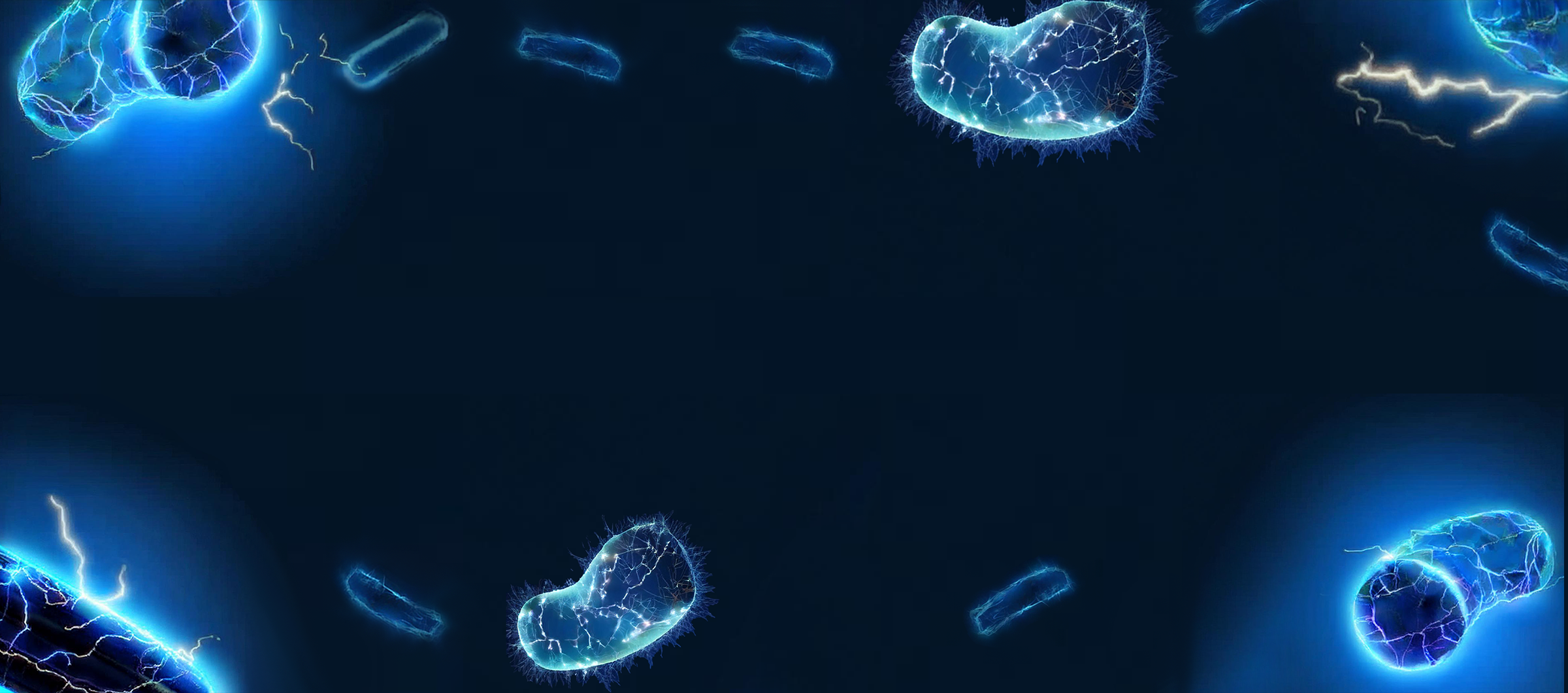Researchers at KAUST, including Krishna Katuri, Craig Werner and Pascal Saikaly from the University’s Water Desalination and Reuse Center and colleagues from the KAUST Advanced Membranes & Porous Materials Center have shown that graphene-coated hollow fiber membranes in an anaerobic electrochemical membrane bioreactor can simultaneously purify wastewater and harvest hydrogen fuel - and that a simple tweak to the membrane layout sharply cuts biofouling.
“Several features in the reactor design and operation can affect hydrogen production rates and fouling in the AnEMBR system, such as electrode spacing and operating voltages,” says Saikaly.
The team compared a rectangular configuration, where anode and cathode face each other, with a tubular set-up that stacks the electrodes. Closely spaced rectangular electrodes generated the most hydrogen bubbles, scoured away biofilms and outperformed the tubular version, whose membranes became colonized by hydrogen-eating methanogens. These insights bring compact, energy-positive treatment of domestic wastewater a step closer to reality.

